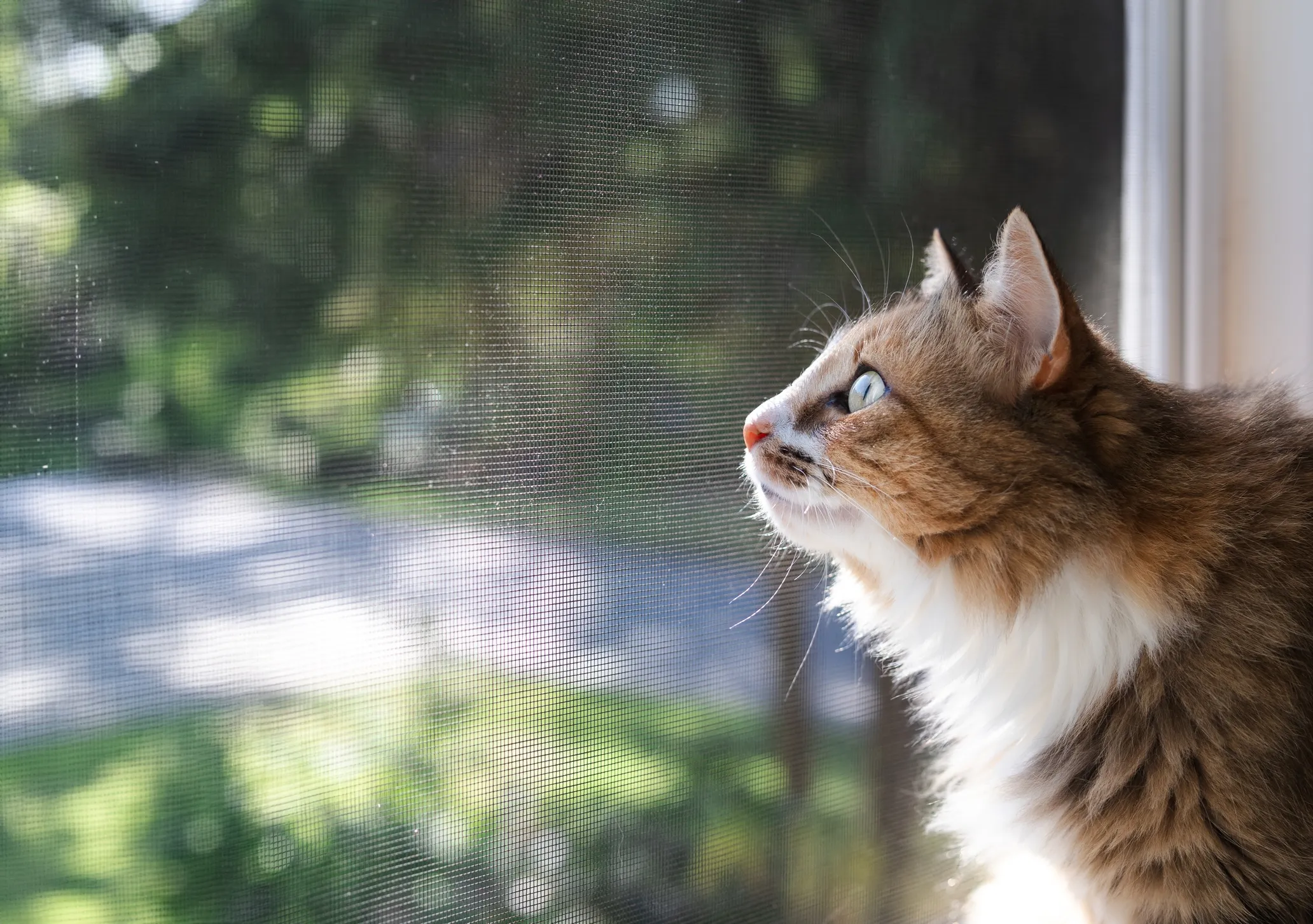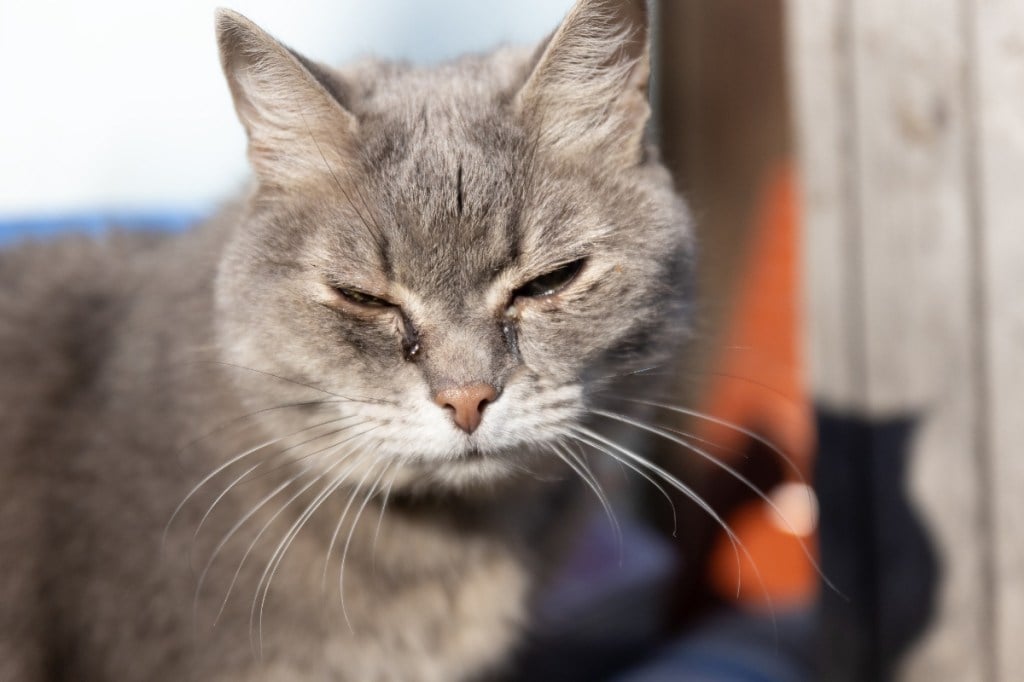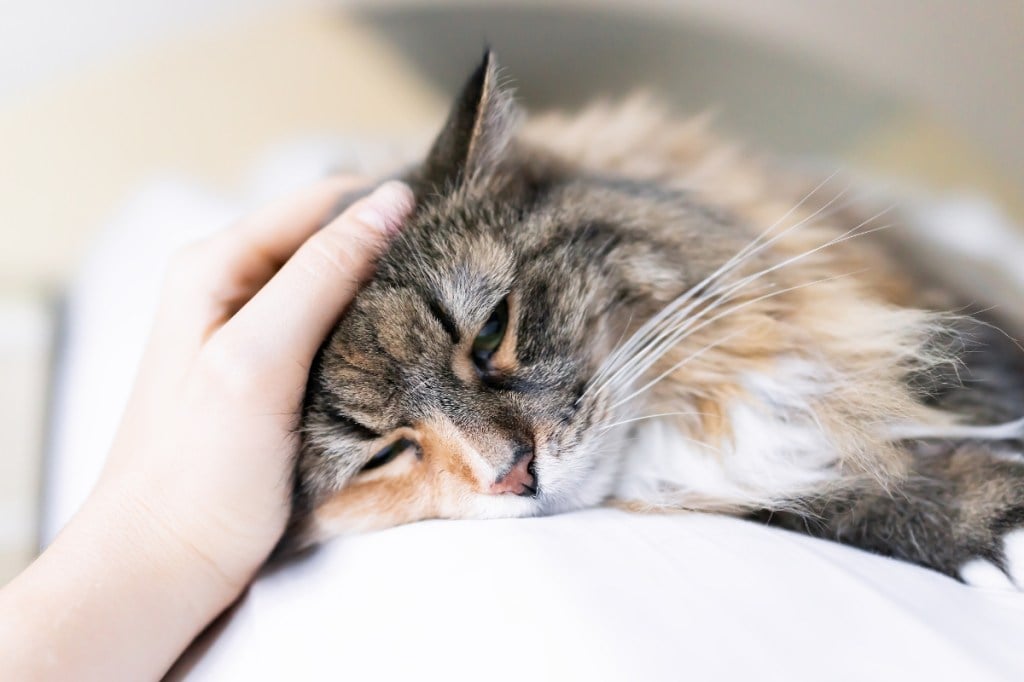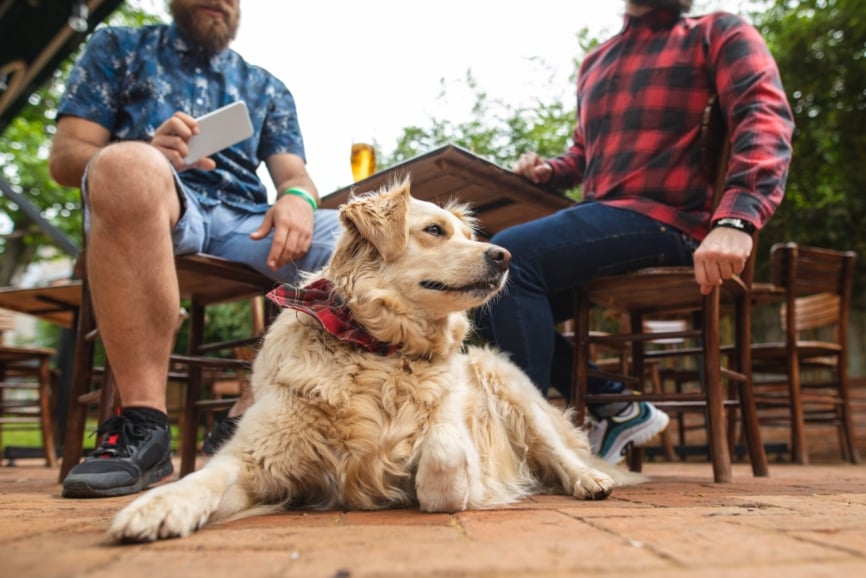Table of Contents
You’ve probably seen or heard reports of avian influenza, better known as bird flu, rapidly spreading. According to the Pan American Health Organization, from March 2024 to January 2025, outbreaks were reported in poultry flocks in all 50 U.S. states, affecting over 136 million birds. About 11,000 cases have been reported in wild birds as well.
The name “bird flu” is somewhat misleading, because the virus behind it has recently shown a capability of jumping from birds to mammals, including cows, foxes, raccoons – and, in a handful of cases, humans. It has also jumped to our pets. Cats are far more susceptible than dogs: According to KFF Health news, from 2022 to February 2025, more than 80 cases of infected housecats were reported in the U.S., although no dog infections have been recorded so far.
News reports indicate that a few dozen cats have died from bird flu in the U.S. That’s negligible compared to the roughly 74 million domestic cats in the U.S. and 8.5 million in Canada. Still, you don’t want your pet to become infected: The University of Maryland’s School of Public Health reports that this disease has around a 67% fatality rate in cats.
Bird flu symptoms in cats
In cats, the symptoms of bird flu – which is more formally known as the H5N1 strain of highly pathogenic avian influenza (HPAI) – may include:
- Fever
- Lethargy
- Low appetite
- Reddened or inflamed eyes
- Difficulty breathing
- Discharge from the eyes and nose
Symptoms may progress to tremors, seizures and lack of coordination. Regardless of the cause, witnessing any of these symptoms is a good reason to call your vet.
Treatment for bird flu in cats
There is currently no vaccine or cure for bird flu in cats (or dogs, for that matter). Vets can increase a cat’s chance of recovering by providing supportive care, such as medications to manage fever or pain or fight off secondary bacterial infections, fluid therapy to maintain hydration, and oxygen therapy if the cat is having trouble breathing.
How to protect your cat from bird flu
There’s little mystery about how cats get sick or how to keep them safe. Most infections come from eating – or even just coming into contact with – infected animals, be it from backyard encounters or from consuming tainted raw food or milk. The overall solution is clear: Keep cats away from wildlife or farm animals, and feed them only well-cooked meat or pasteurized milk.
Avoid Outdoor Dangers
Domestic cats are prolific hunters, but they risk harming themselves by coming into contact with infected birds. And even if the cat is an unsuccessful hunter, contact with dead birds or bird droppings can lead to infection.
Cats are fast and determined; simply “keeping an eye on them” while they frolic outside won’t work. The safest option is to keep cats indoors at all times. One middle ground option: You can give your cat a taste of the outdoors with an enclosure such as a “catio.” Typically made of wood and metal mesh or wire, they allow cats to enjoy sunshine and fresh air without getting into any trouble.
You may also have luck training your cat to walk on a leash. But if you do, you’ll need to keep a close eye on what they wander into, such as areas that might have droppings from infected birds.
Feed Your Cat a Safe Diet
High heat kills the H5N1 virus, and cats face virtually no risk of infection from well-cooked meat or pasteurized milk. But raw food and raw milk have recently become popular among some pet owners for their purported health benefits, and they appear to carry some risks along with them. In January, the American Veterinary Medical Association (AVMA) reported that several cats had contracted the virus and died after consuming raw food made from contaminated poultry, and in California a number of cats also died after drinking raw milk in late 2024, according to the Los Angeles County Department of Public Health.
In an official statement, the AVMA says that it “discourages feeding any raw or undercooked animal-sourced protein” to dogs and cats “because of their risk to human and animal health.” Instead, the group “supports the production and feeding of diets that have been processed using methods that reduce or eliminate the risk of illness due to pathogenic contaminants.”
Get Prompt Care for Your Cat
You should contact your veterinarian immediately if your cat shows any symptoms of bird flu. Because the necessary care can be quite expensive to cover out of pocket, pet insurance can prove to be of enormous value in such emergencies. Healthy Paws pet insurance reimburses up to 80 percent of your vet bills for unexpected accidents and illnesses – with no per-incident, annual or lifetime caps on payouts. The coverage can help provide peace of mind and financial security in the event that your cat contracts bird flu or confronts many other covered health hazards.
The content on this page is advisory in nature and is offered for general information purposes only. These materials are not intended as a substitute for consultation with your insurance broker, or for legal, engineering or other professional advice.






